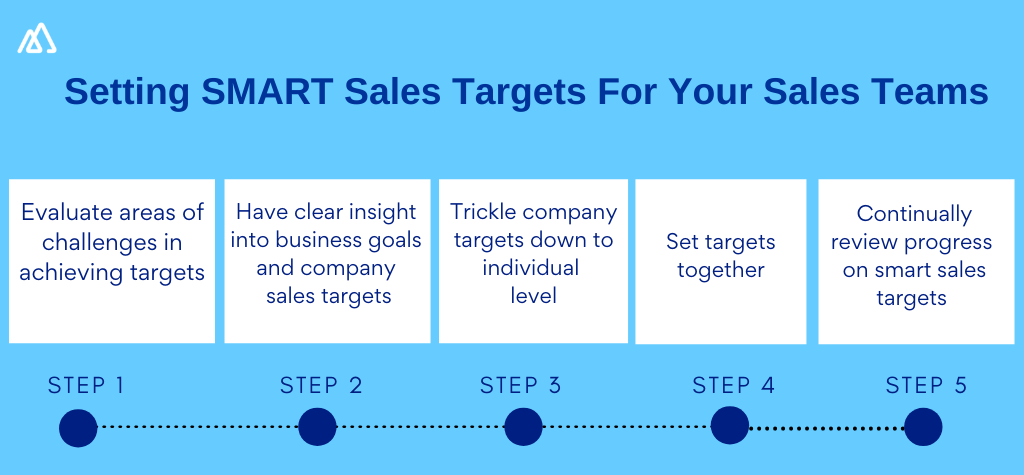
How to Align Sales Strategies with Business Goals
- 0
In today's rapidly evolving tech industry, having a strong sales strategy that is in line with your business goals is crucial for success. Whether you are a startup looking to secure your first round of funding or a well-established company aiming to expand your market share, aligning your sales strategies with your business goals is key to achieving sustainable growth and profitability.
Setting Clear Business Goals
The first step in aligning your sales strategies with your business goals is to clearly define what those goals are. Are you looking to increase revenue, expand your customer base, or launch a new product line? Having specific, measurable, attainable, relevant, and time-bound (SMART) goals will provide a clear roadmap for your sales team to follow.
Understanding Your Target Market
Before you can create an effective sales strategy, you need to have a deep understanding of your target market. Who are your ideal customers? What are their pain points and needs? By conducting market research and gathering data on your target audience, you can tailor your sales approach to address their specific challenges and provide solutions that meet their needs.
Developing a Customer-Centric Sales Approach
In today's competitive tech landscape, customers have more choices than ever before. To stand out from the competition, your sales strategy should be customer-centric. This means focusing on building relationships with customers, understanding their needs, and providing personalized solutions that add value to their businesses.
One way to develop a customer-centric sales approach is to implement a customer relationship management (CRM) system. By using a CRM system to track customer interactions, gather feedback, and analyze customer data, you can better understand your customers' needs and preferences, and tailor your sales strategies accordingly.
Aligning Sales and Marketing Efforts
For your sales strategies to be effective, they must be aligned with your marketing efforts. Sales and marketing teams should work together to create a cohesive approach that leverages the strengths of both departments. By aligning your sales and marketing efforts, you can ensure that your messaging is consistent across all channels and that you are targeting the right audience with the right message at the right time.
One way to align sales and marketing efforts is to implement a lead scoring system. By assigning scores to leads based on their level of engagement and interest, you can prioritize follow-up efforts and tailor your sales pitches to each individual lead, increasing your chances of conversion.
Measuring and Analyzing Sales Performance
Once you have implemented your sales strategy, it is important to track and measure your performance against your business goals. By analyzing key performance indicators (KPIs) such as sales revenue, conversion rates, and customer acquisition costs, you can identify areas for improvement and make data-driven decisions to optimize your sales strategies.
Using data analytics tools and dashboards, you can track the effectiveness of your sales strategies in real-time, allowing you to make adjustments on the fly and stay agile in response to changing market conditions.
Aligning your sales strategies with your business goals is essential for success in the tech industry. By setting clear goals, understanding your target market, developing a customer-centric sales approach, aligning sales and marketing efforts, and measuring and analyzing sales performance, you can create a winning sales strategy that drives sustainable growth and profitability for your business.
Remember, success in sales is not just about closing deals – it's about building relationships, adding value to your customers, and ultimately driving long-term success for your business.

